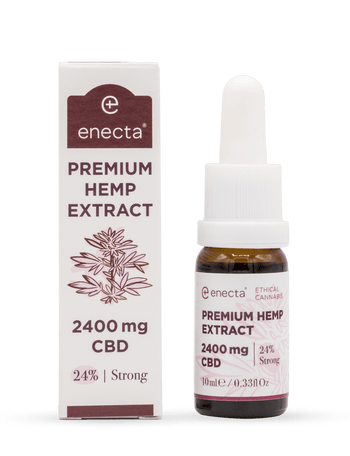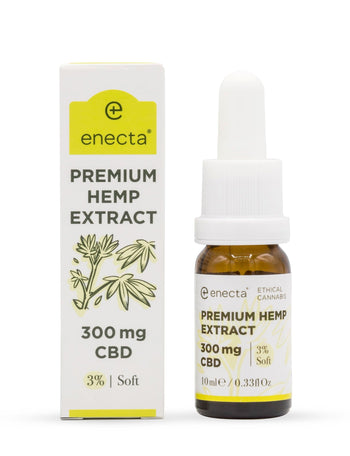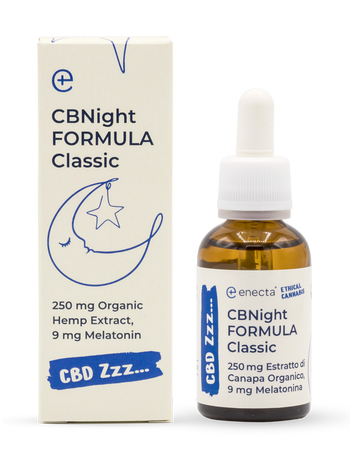Inhoudsopgave
For half a century, Italy was a world leader in Hemp production, and in 1940 cultivated around 90 thousand hectares
Due to new awareness of environmental issues, there has been a renewed interest in Hemp around the globe.
For half a century, Italy, for example, was a world leader in Hemp production, and in 1940 cultivated around 90 thousand hectares.
In this article we’ll answer five questions about Hemp.
1 - Is it legal to cultivate Hemp in Italy? In Italy it is possible to cultivate Hemp, but only under the condition that it has a low concentration of THC (below to 0,2%).
including in the European Register Seeds and followed the procedure it’s has been established by the document of MIPAF n.1 – May 8 2002.

2 - Where is Hemp cultivated? Hemp prefers fertile, moist, ground, but is adaptable to 1500 meters of altitude and more. It also does not suffer from late frost. It can however suffer from standing water: the plants become chlorotic (yellow) and stop growing. The Hamp is more sensible to waste of previous weeding. It is sown in March/April, and usually does not need irrigation to improve its structure in the ground thanks to its growing cycle. It is then ready around mid- August. after 10 days the end of to flower male plants.
The plant is later cut with a mechanical scythe, its leaves in the ground for partial maceration and its pack with normally press.
3 - What are the possible uses of Hemp? Hemp has many uses - it can be used for the production of textile and plastic fibers; as an anti-inflammatory; as well as for building materials, fertilisers, and even cosmetics.
4 - Is it convenient to produce Hemp in Italy? To respond to this question, we have referred to Assocanapa.org. The forecasts for hectare in 2014, for 1st class grounds, were:
Cost: 50kg. of seed to EUR 5.50 per kg comes to a total of EUR 275.00 plus 10% VAT. The soil is worked as normal, and no weeding, pesticide treatments, or irrigation is required (except in atypical cases). On "skinny" grounds light fertilisation may be appropriate.
Collection: Hemp is collected through mowing - chopsticks are cut into segments no longer than 1 metre long, soaking in the field, baling.
Revenues: in addition to the EU contribution on arable land - which varies from area to area, or from around 100 to 450 euro per hectare, Hemp produces an average of 130/qli dry wand and will be sold at the current European price of 15 euro/qli, for which you will achieve an average gross income per hectare of 1,950 euro.



































